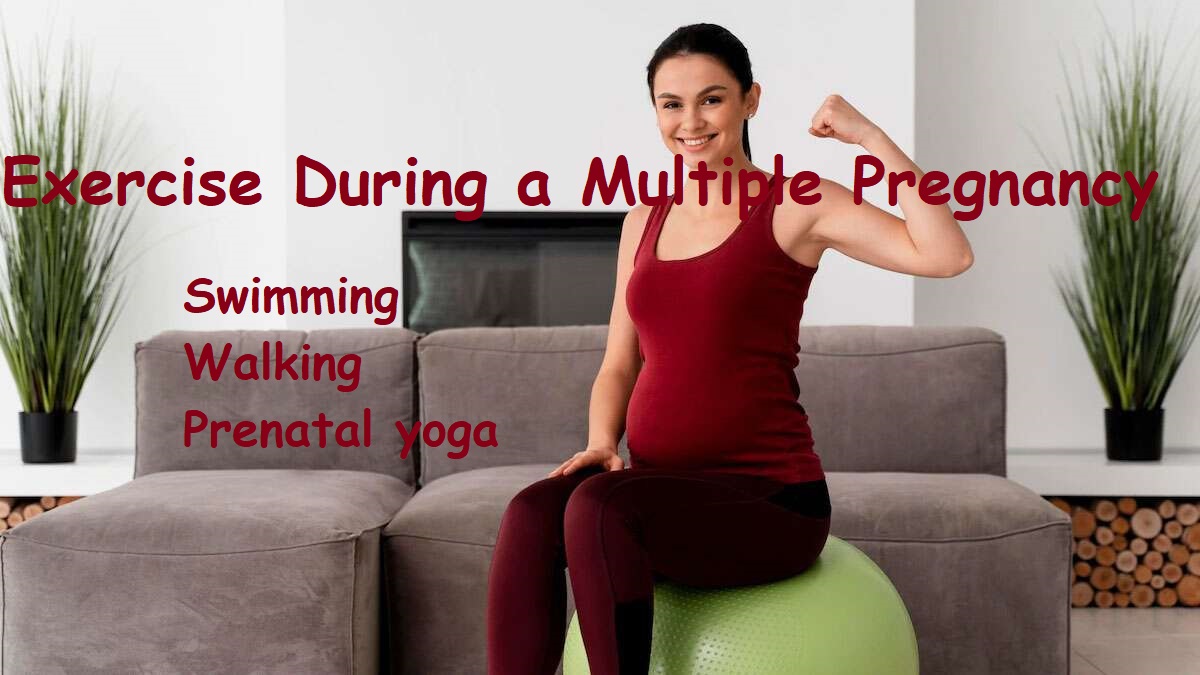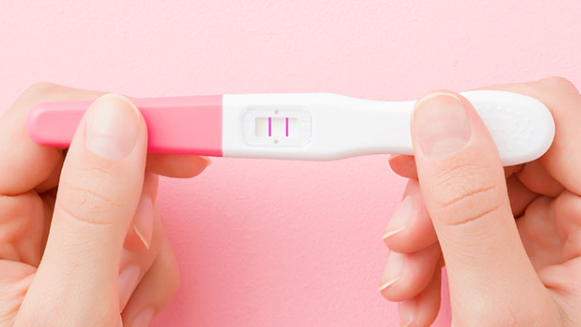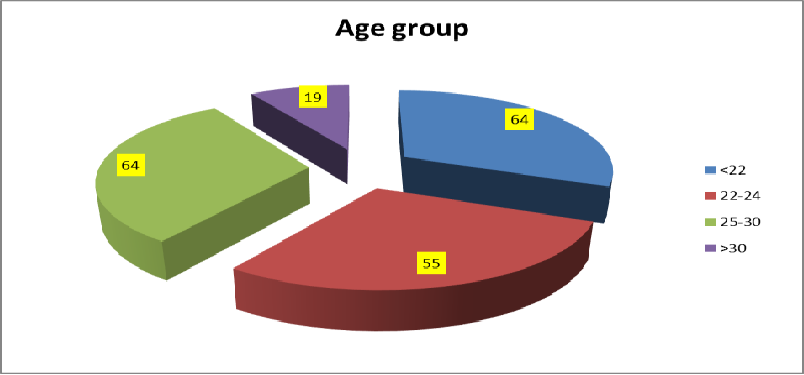Expecting Twins or More? What You Need to Know About Multiple Pregnancies
Pregnancy is an exciting journey, and for some, that journey involves not one baby, but two or more! When you’re expecting more than one baby, it’s referred to as a multiple pregnancy. Whether you’re carrying twins, triplets, or even higher-order multiples, this experience is unique and comes with additional considerations. Here’s everything you need to know about multiple pregnancies, from conception to care.
What is a Multiple Pregnancy?
A multiple pregnancy occurs when a woman is carrying more than one baby. If you’re expecting two babies, they are called twins, while three babies are known as triplets. It’s possible to carry more than three babies, though this is less common and is classified as a high-order multiple pregnancy. Multiple pregnancies are becoming more frequent due to factors such as advanced maternal age and the increasing use of fertility treatments.
How Do Multiple Pregnancies Happen?
There are two main ways multiple pregnancies can occur:
- Identical Multiples: This happens when a single fertilized egg splits into two or more embryos. These babies are genetically identical and share the same sex.
- Fraternal Multiples: This occurs when multiple eggs are fertilized by different sperm cells. Fraternal multiples are not genetically identical, and they can be the same sex or different sexes.
In some cases, you may have a mix of identical and fraternal multiples. For example, in a set of triplets, two babies could be identical (from one fertilized egg) while the third could be fraternal (from a separate egg).
Are Identical Multiples Always the Same Sex?
Yes! Identical twins or triplets, being formed from a single fertilized egg that splits, are always the same sex. This is because they share the same genetic material. The sex of a baby is determined by which type of sperm (carrying either an X or Y chromosome) fertilizes the egg.
What Increases the Chances of a Multiple Pregnancy?
Several factors can increase the likelihood of having a multiple pregnancy:
- Age: Women in their 30s, especially those over 35, have a higher chance of releasing multiple eggs during ovulation, which can result in a multiple pregnancy.
- Family History: If you have a history of twins in your family (especially on your mother’s side), your chances of carrying multiples may be higher.
- Fertility Treatments: The use of fertility treatments such as in vitro fertilization (IVF), where multiple embryos are often transferred into the uterus, significantly increases the likelihood of having twins or more.
- Height and Weight: Taller women and those with a higher body weight are also slightly more likely to conceive multiples.
How Common Are Multiple Births?
Multiple births are becoming more common due to the rise in fertility treatments and women delaying childbirth until later in life. However, multiples are still relatively rare. Around 1 in 40 pregnancies result in twins, while triplets or higher-order multiples are much less frequent.
Signs You Might Be Expecting Multiples

The only definitive way to know if you’re carrying more than one baby is through an ultrasound, but there are some early signs that might suggest a multiple pregnancy:
- Severe morning sickness: If you experience more intense nausea and vomiting than usual, it could be a sign of a multiple pregnancy.
- Rapid weight gain: If you gain weight quickly in the first trimester, it could be a sign you’re carrying multiples.
- Tender breasts: Increased breast tenderness can occur more intensely with multiple pregnancies.
- Elevated hCG levels: Higher levels of the pregnancy hormone human chorionic gonadotropin (hCG) may be found in your blood if you’re carrying more than one baby.
Your healthcare provider may also suspect multiples if they detect more than one heartbeat during a routine fetal Doppler scan.
Potential Complications of Multiple Pregnancies
While many women carry multiples without complications, multiple pregnancies do come with higher risks. Some of the most common complications include:
- Premature labor and birth: Multiple pregnancies often lead to premature birth, with the majority of multiple pregnancies delivering before 37 weeks. Premature babies may face challenges such as low birth weight and underdeveloped organs.
- Preeclampsia: This condition, characterized by high blood pressure and swelling, is more common in women carrying multiples. It can cause complications for both mother and babies.
- Gestational diabetes: Carrying multiples increases the risk of developing gestational diabetes, a condition where your body can’t produce enough insulin to handle the extra pregnancy hormones.
- Placenta abruption: The placenta can sometimes detach from the uterine wall before delivery, which is a medical emergency.
- Fetal growth restriction (FGR): In a multiple pregnancy, one or more babies may not grow as expected. This can result in low birth weight or premature birth.
Identical twins who share a single placenta (monochorionic twins) face additional risks like twin-to-twin transfusion syndrome (TTTS), where blood vessels connecting the twins’ placentas cause one baby to receive too much blood and the other too little.
Can You Have a Vaginal Birth with Multiples?
While vaginal birth is possible with multiples, a cesarean section (C-section) is often recommended, especially for twins or higher-order multiples. C-sections may be necessary if the babies are not in the right position for birth or if complications arise during labor.
Staying Healthy During a Multiple Pregnancy
When you’re carrying more than one baby, taking care of your health is more important than ever. Here are some tips:
- Nutrition: You’ll need extra calories and nutrients. Typically, you should add about 300 extra calories per baby. For twins, that means around 600 extra calories each day. Ensure your diet is rich in protein, iron, calcium, and hydration.
- Rest: Pregnancy can be exhausting, especially with multiples. Make sure you get plenty of rest to help your body cope with the additional demands.
- Frequent Prenatal Care: Multiple pregnancies require more frequent monitoring, so be prepared for regular check-ups with your healthcare provider to keep an eye on your health and the health of your babies.
Exercise During a Multiple Pregnancy

Exercise can help you stay fit and healthy during pregnancy, but you’ll need to choose activities that are low-impact and gentle on your body. Consider activities like:
- Swimming
- Walking
- Prenatal yoga
Avoid high-impact exercises like running or aerobics that involve jumping, as these could put too much strain on your body. Always consult with your doctor before beginning any new exercise routine during pregnancy.
Conclusion
Expecting twins or more is a thrilling, yet challenging experience. While there are additional risks associated with multiple pregnancies, with the right care and attention, many women carry their babies to full term and have healthy deliveries. If you’re expecting multiples, be sure to maintain regular communication with your healthcare provider and follow their guidance on nutrition, rest, exercise, and monitoring your health.
By understanding the unique aspects of a multiple pregnancy, you can ensure the best possible outcome for both you and your babies.





